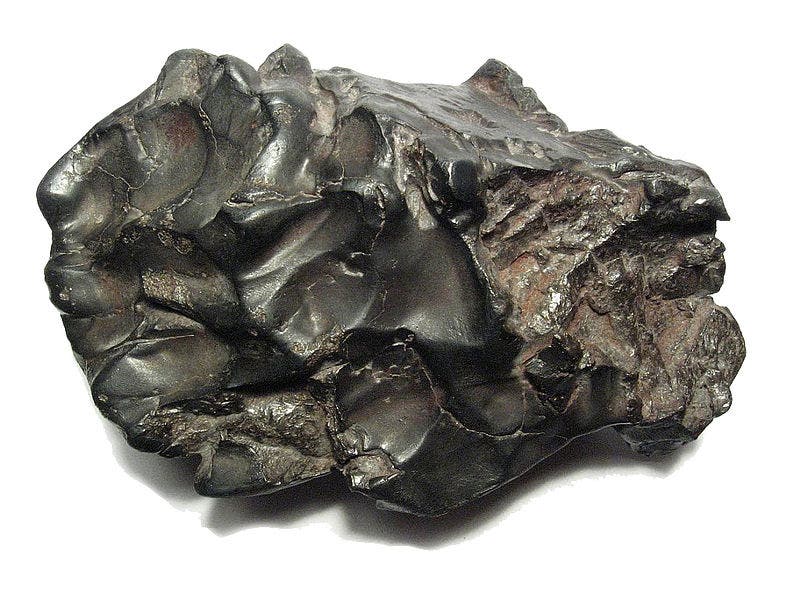It’s surprising enough that Bronze Age people were making iron weapons, but imagine they were even using materials from space.

As it says on the tin, the Bronze Age is when civilizations started to produce and use bronze, by smelting copper and alloying it with tin, arsenic, or other metals. Many other technological and social changes emerged during this period, but archaeologists typically consider this to be the most notable feature. The Bronze Age followed after the Neolithic and was succeeded by the Iron Age. However, when civilization started to transition to the Iron Age, some were already using iron — meteoric iron, that is.
It took a long time before people realized how to properly smelt iron, reduce impurities, and control the carbon content so that the result is just right. But as it sometimes happens, nature provided some people with what they needed (iron) without having to lift a finger — in the form of meteoric iron. Meteoric iron is a native metal found in meteorites and made from the elements iron and nickel, in mineralized forms. Archaeologists had found several Bronze Age artifacts made from meteoric iron, but they didn’t know if this was a rare feat or rather a common occurrence. Now, Albert Jambon, from the Institut de minéralogie, de physique des matériaux et de cosmochimie demonstrated that all iron used during the Bronze Age was meteoric. Space artifacts, as it turns out, aren’t as rare as we might think.

Jambon gathered a series of notable findings and analyzed them with a portable X-ray fluorescence spectrometer. X-ray fluorescence is widely used in metal analysis to determine the elemental and sometimes isotopic composition. With this, Jambon was able to identify the specific elemental signature of meteoric iron and determine whether or not the objects had been built from such meteorites.
Among others, he analyzed beads from Gerzeh (Egypt, −3200 BCE), a dagger from Alaca Höyük (Turkey, −2500 BCE) a pendant from Umm el-Marra (Syria, −2300 BCE); an axe from Ugarit (Syria, −1400 BCE), items from the Shang dynasty civilization (China, −1400 BCE), and the dagger, bracelet, and headrest of Tutankhamen (Egypt, −1350 BCE). These come from a wide geographical area from some of the most advanced civilizations of the time. All of them showed similar chemical make-ups, indicating that they were made from meteoric iron.
This makes a lot of sense. Meteoric iron is also already in a metal state, ready for use. It wasn’t abundant, but when it was found, artifacts were crafted from it and then cherished and preserved — which is what allowed scientists to find them in the first place. The Iron Age started around 1200 BCE. But for nearly 2,000 years before that, people were making weapons from space iron. If that’s not amazing, I don’t know what is.
Journal Reference: Bronze Age Iron: Meteoritic or not? A Chemical Strategy. Albert Jambon. DOI: 10.1016/j.jas.2017.09.008






